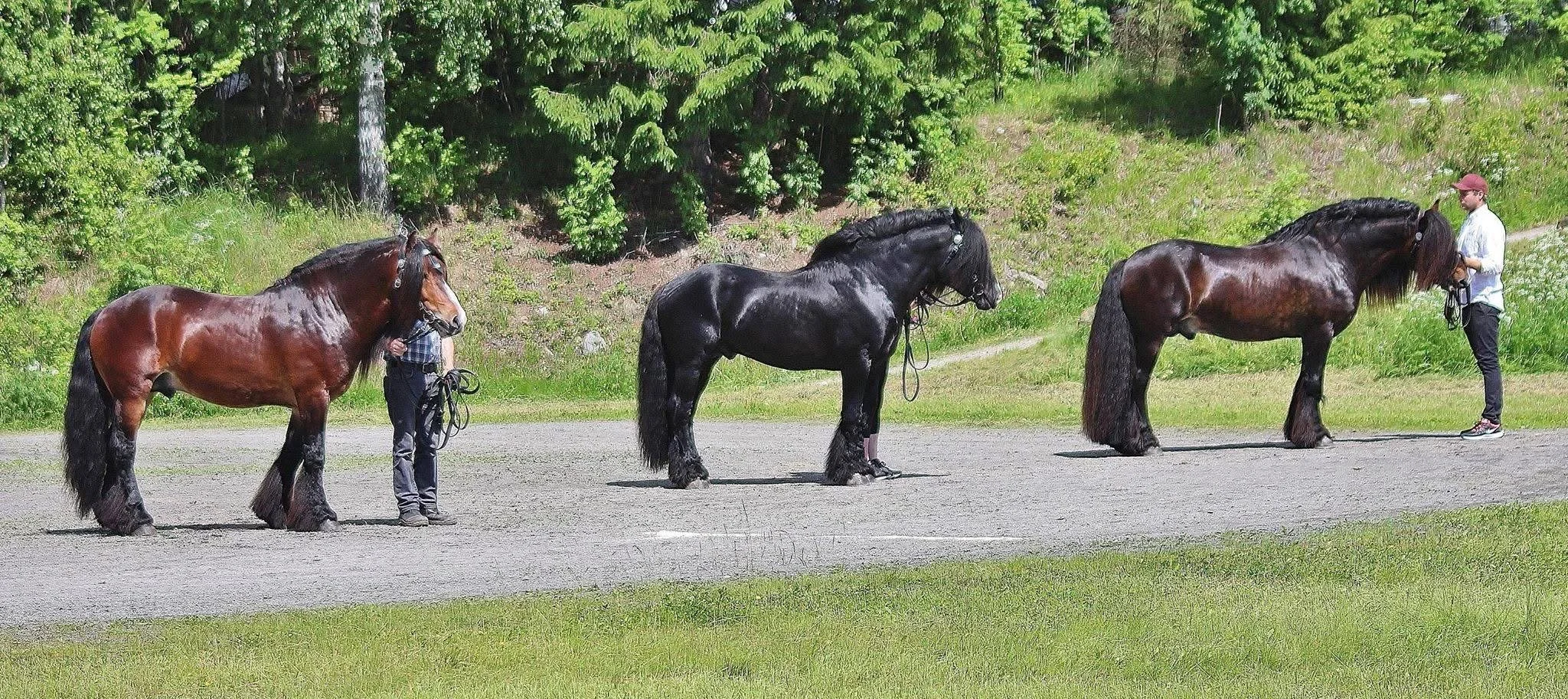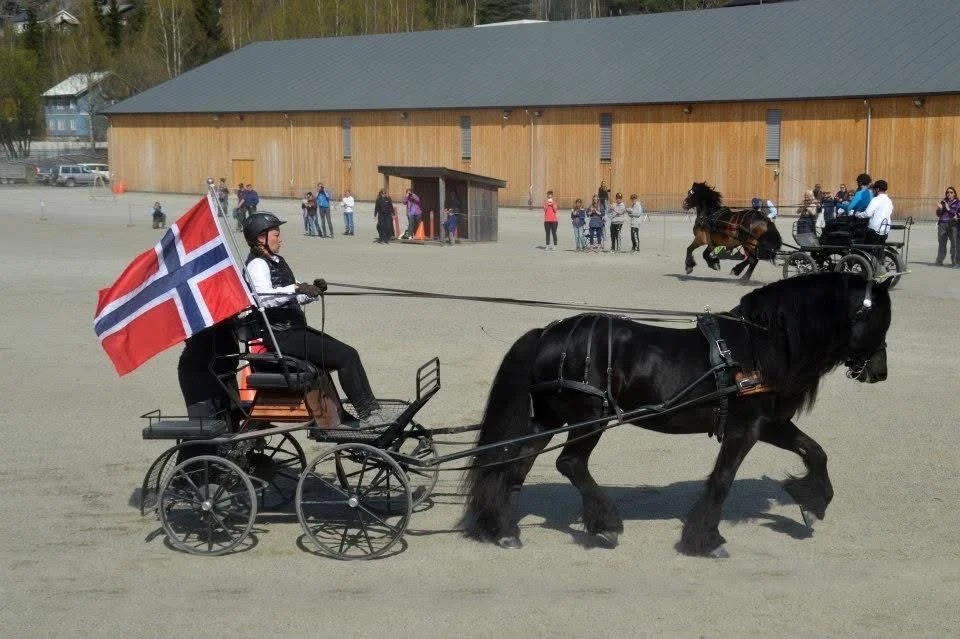How Licensed Stallions Shape the Future of the Dole Horse
Understanding the Stallion Approval System
In Norway, a Dole horse stallion is not licensed simply because he looks good or carries a strong pedigree. The approval process is one of the most thorough systems still in use today, and it exists for a reason: stallions shape the future of the breed. Their qualities influence every generation that comes after them, which means their evaluation must be honest, detailed, and repeated over time.
For anyone who wants to understand what makes the dole horse so consistent in type, temperament, and working ability, the stallion approval system is the backbone of that quality.
Below is a simple overview of how a stallion earns and keeps his place in the breeding program.
⸻
The First Approval
A young stallion may present for his first approval at three years old.
He is evaluated on conformation, movement, and type, but also on whether he is sound, healthy, and free from traits that should not be passed on. A veterinarian examines his overall condition and x-rays of their legs so they will not pass on hereditary problems onto the next generation. Only a stallion who meets the standard receives his first, temporary breeding license.
It is the first sign that he may represent the breed. This first step is intentionally limited. A stallion must prove his potential, but he must also grow and develop before anyone can judge the whole horse.
This is where the story begins – not where it ends.
The Second Approval
Within two years, the stallion must return.
This time, the judges look beyond appearance. He performs driving and riding tests that show his strength, willingness, and ability to work without discomfort. These tests are part tradition and part practical health check. A horse that cannot move freely, carry himself well, or work comfortably cannot be part of shaping the next generation. These tests reflect where the Dole horse comes from: a history of pulling, hauling, and partnering with people in forests and fields. He must demonstrate the working ability the breed was built on.
When a stallion passes, he proves he carries more than a pedigree. He carries the heritage of a working horse.
If he passes, he keeps his temporary license until he is eight and earns a prize class (third, second, or, if old enough, first prize).
The Final Evaluation – The Lifetime License
Even the most promising stallions are not guaranteed a future in the breeding program.
At eight years old, every stallion must appear again for a final evaluation.
Judges look at his development, his movement, his health, and whether he still represents the standard. His prize rating may improve, stay the same, or be lowered. What matters is whether he is still worthy of shaping future generations.
If he passes, he earns his lifetime breeding license, meaning he will remain licensed for the rest of his life. If he does not meet the quality required at this age, he loses his license.
It is a quiet checkpoint in the system, but an important one. Quality is never assumed. Every stallion must prove, again, that he still carries the breed forward.
It keeps the breeding work grounded in the same principles that shaped the Dole horse from the beginning: quality, reliability, and respect for the horse.
⸻
Why This System Matters
For the Dole horse, consistency is not luck. It is structure.
This three-stage approval process has protected the breed for generations, ensuring that the horses born today still reflect the strength, steadiness, and versatility the Dole horse is known for.
It is a tradition very few breeds hold onto today, and it is one of the reasons the Dole horse remains one of the most reliable and high-quality cold-blooded breeds in the world.
At The Norwegian Stables, we follow these same standards here in the United States. Every stallion we import or raise enters this system, starting the same path from first approval to lifetime license.
Because preservation is not only about genetics but also about honoring the structure that kept the breed strong.


